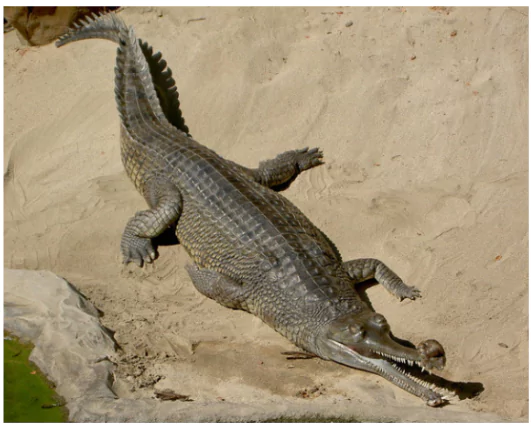![]() 26 Feb 2025
26 Feb 2025

Recently Madhya Pradesh Chief Minister Mohan Yadav released 10 gharials into the Chambal River at the National Chambal Gharial Sanctuary in Morena.

| Species | Scientific Name | Habitat | IUCN Status | WPA, 1972 Schedule |
| Gharial | Gavialis gangeticus | Freshwater rivers (Chambal, Ganga, Brahmaputra) | Critically Endangered | Schedule I |
| Mugger Crocodile | Crocodylus palustris | Freshwater lakes, rivers, marshes | Vulnerable | Schedule I |
| Saltwater Crocodile | Crocodylus porosus | Estuaries, coastal mangroves, brackish water | Least Concern | Schedule I |

<div class="new-fform">
</div>